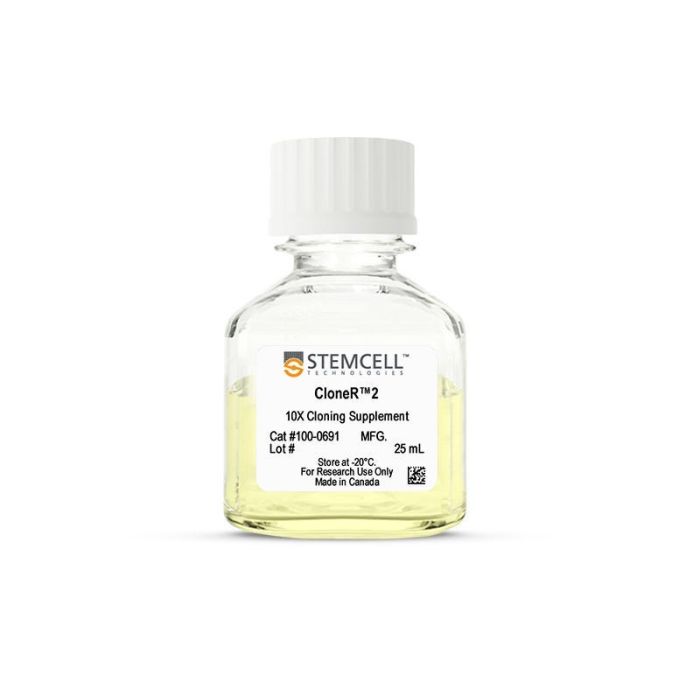产品号 #100-0691_C
用于提高人胚胎干细胞和有道多能干细胞在单细胞工作流程中的存活率添加物
若您需要咨询产品或有任何技术问题,请通过官方电话 400 885 9050 或邮箱 info.cn@stemcell.com 与我们联系。
用于提高人胚胎干细胞和有道多能干细胞在单细胞工作流程中的存活率添加物
用于提高人胚胎干细胞和有道多能干细胞在单细胞工作流程中的存活率添加物
使用 CloneR™2可生成可保持基因组完整性和下游分化潜能的人多能干细胞 (hPSC) 克隆系。可在各种高应激条件下(包括高密度或低密度接种)显著提高人胚胎干细胞(ES)和诱导多能干细胞(iPS)的克隆效率和存活率。
在您的基因编辑流程中,添加 CloneR™2 可提升 ES 和 iPS 细胞电转后以及单细胞沉降(Single-cell deposition)的存活率(参见下文数据)。该添加物还可促进低密度接种(<25 个细胞/cm²)或 FACS 单细胞分选(1 个细胞/孔)获得的克隆细胞的存活和扩增,无需进行单细胞适应过程。同时,CloneR™2 也适用于在较高密度铺板的单细胞存活,包括诸如冻存复苏、或分化前建立单层细胞等应激条件下的应用。
CloneR™2 是一种成分明确、无血清的添加物,可与 TeSR™ ES 和 iPS 细胞培养基兼容使用,并适用于您选择的细胞培养基质。
分类
添加剂
细胞类型
多能干细胞
种属
人
应用
细胞培养
品牌
CloneR
研究领域
细胞系制备,疾病建模,干细胞生物学
制剂类别
无血清
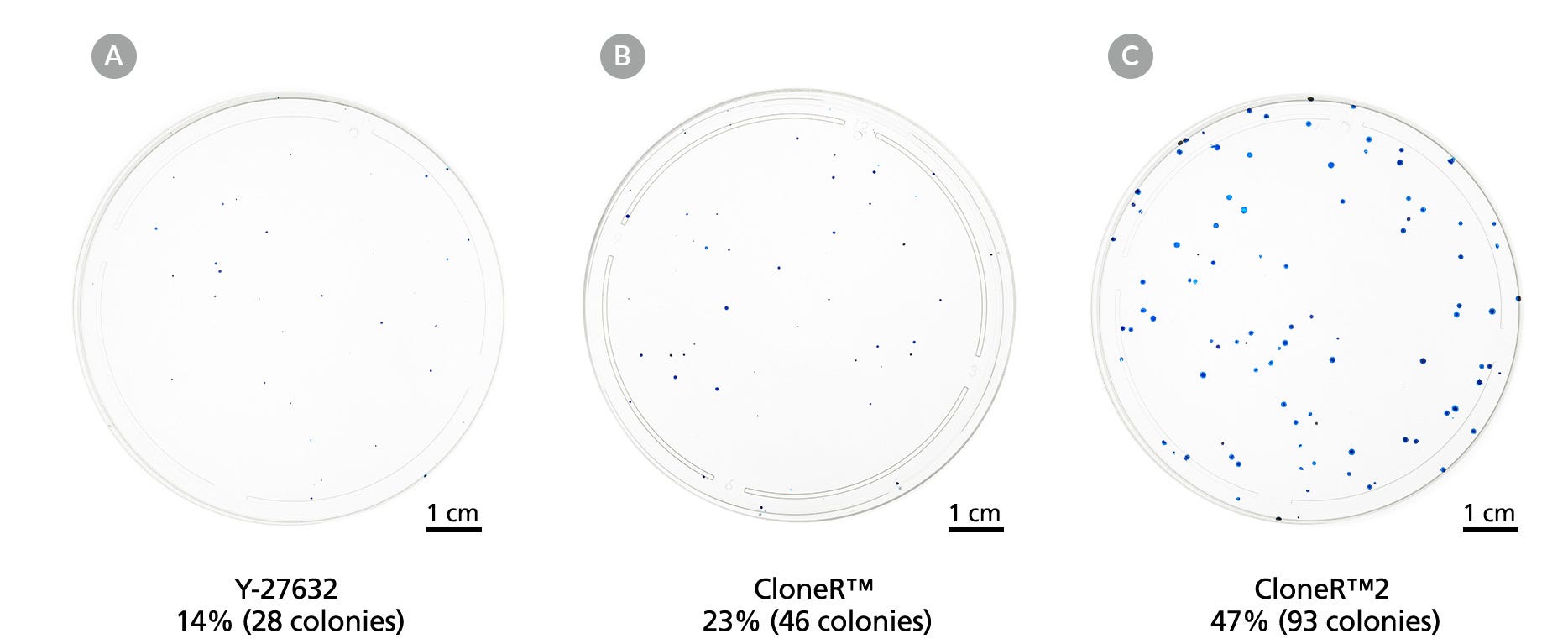
Figure 1. CloneR™ and CloneR™2 Supplements Improve Cloning Efficiency and Colony Size
hPSCs display a considerable increase in cloning efficiency when cloned using (B) CloneR™ compared to using (A) Y-27632 compound. (C) CloneR™2 further improves cloning efficiency and increases colony size when compared to either Y-27632 compound or CloneR™. Shown are examples of H9 hESCs in 10-cm dishes, plated at 200 cells per dish (~4 cells/cm²) in mTeSR™ Plus on Vitronectin XF™.

Figure 2. Use of CloneR™2 Enables Improved Cloning Efficiency and Larger Colonies When Compared to Use of CloneR™
(A) Representative images of 200 cells (H9 cell line) in 12-well plates grown in mTeSR™1 on Vitronectin XF™ at day 8 after seeding. Three hES (H1, H7 and H9) and 5 hiPS (WLS-1C, STiPS-F016, STiPS-M001, STiPS-R038 and STiPS-B004) cell lines were seeded at clonal density (50 cells/cm²) on Vitronectin XF™, in mTeSR™1 supplemented with CloneR™ or CloneR™2. mTeSR™1 supplemented with CloneR™2 increases (B) cloning efficiency and (C) colony size of hPSCs when compared with mTeSR™1 supplemented with CloneR™. Each data point in (B) represents an average of 3 technical replicates, with at least 7 biological replicates (n) per cell line.
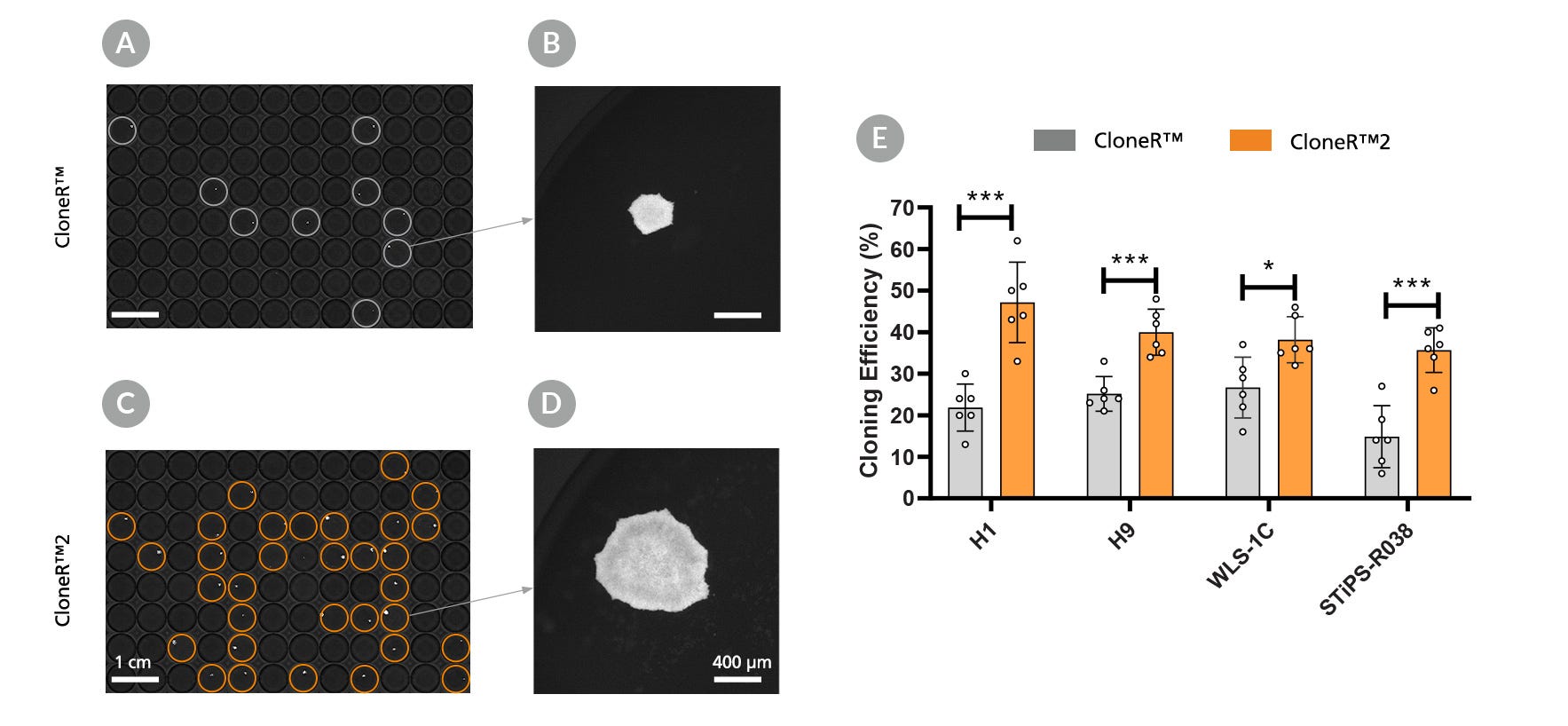
Figure 3. CloneR™2 Improves Clonal Generation Following Single Cell Deposition
Single-cell deposition is the gold standard of cloning; it relies on a FACS-based method that typically results in low cloning efficiency. Clones generated in mTeSR™ Plus supplemented with CloneR™2 demonstrate significantly improved (E) cloning efficiency and (B, D) colony size when compared to clones generated in mTeSR™ Plus supplemented with CloneR™. (A, C) Representative images of H9 hESCs cultured for eight days plated on Vitronectin XF™. Across four cell lines tested, CloneR™ and CloneR™2 had an average cloning efficiency of 21.2 ± 5.6% and 38.6 ± 6.0%, respectively, with at least 3 biological replicates per cell line. * denotes p < 0.05; *** denotes p < 0.001 by unpaired t-tests.

Figure 4. CloneR™2 Improves Seeding Efficiency at High Density
CloneR™2 improves single-cell seeding efficiency when used as a supplement in media for the first 24 hours of culture, compared to using Y-27632 as a supplement. 5.0x10⁵ cells were seeded in 12-well plates coated with Corning® Matrigel® in mTeSR™ Plus supplemented with CloneR™2 or Y-27632. Cultures were analyzed 24 hours post-seeding. The use of CloneR™2 resulted in an average seeding efficiency of 98.2 ± 12.8% compared to the use of Y-27632, which resulted in an average seeding efficiency of 81.9 ± 15.8%, across all cell lines (n = 3 replicates per line).
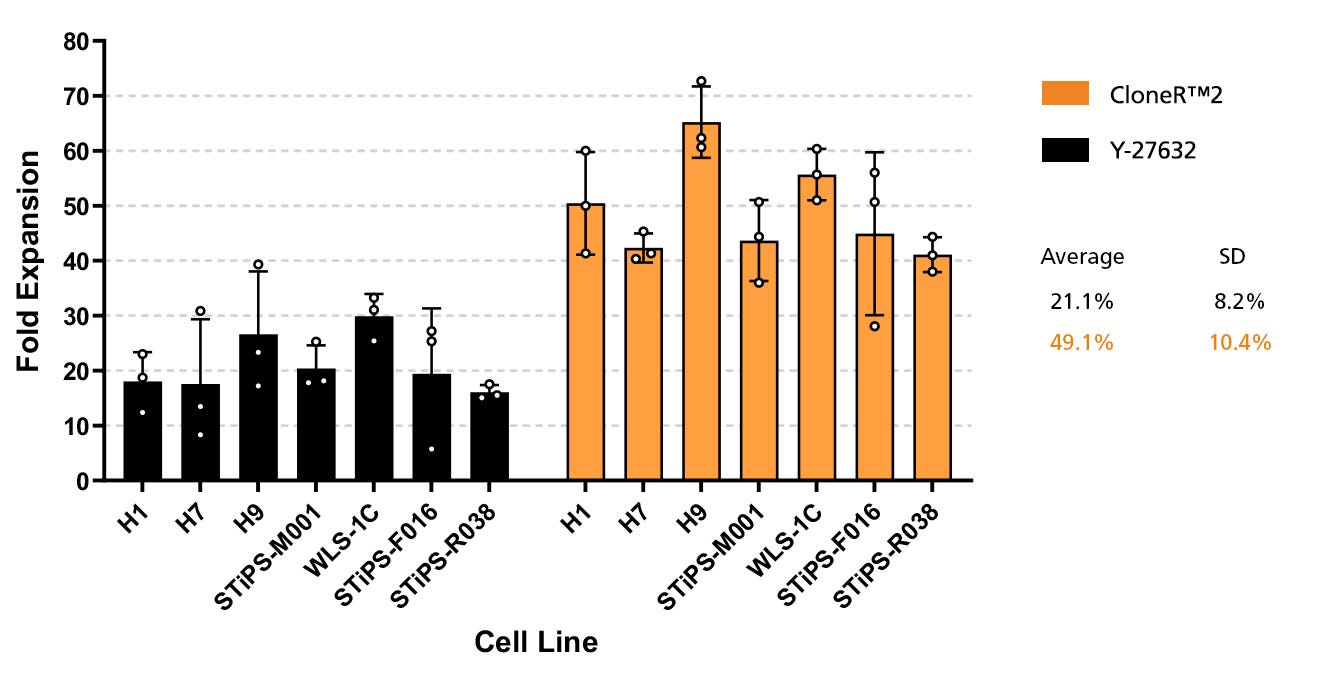
Figure 5. hPSCs Plated in CloneR™2 Show Increased Expansion
When used as a seeding supplement during single-cell passaging, CloneR™2 improves cell expansion when compared to using Y-27632. 3.0x10⁴ cells were seeded in 12-well plates coated with Corning® Matrigel® in mTeSR™ Plus supplemented with CloneR™2 or Y-27632. After 24 hours, the cultures were maintained in complete media (without a cloning supplement) and analyzed on day 5. CloneR™2 resulted in an average expansion of 49.1 ± 10.4 compared to Y-27632, which resulted in a lower average expansion of 21.1 ± 8.2, across all cell lines (n = 3 replicates per line).
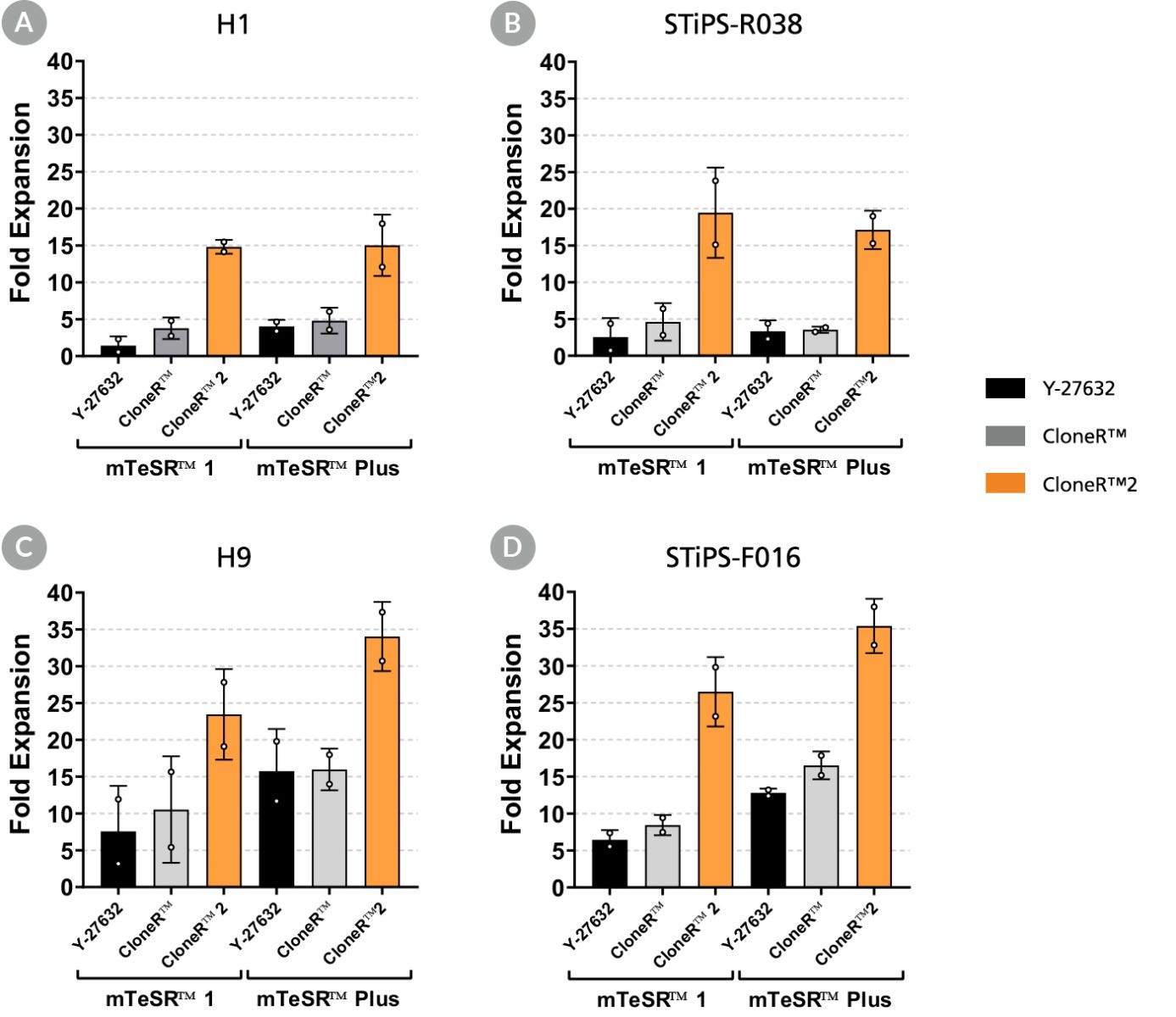
Figure 6. CloneR™2 Improves Recovery of hPSCs Following Electroporation
CloneR™2 can also be used as a survival supplement in gene-editing workflows that require electroporation. Four cell lines were electroporated, then plated in mTeSR™1 and mTeSR™ Plus containing Y-27632, CloneR™, or CloneR™2. Cultures were maintained in complete TeSR™ media (without cloning supplement) after 24 hours and analyzed after 5 days. In all 4 cell lines, (panels A-D) CloneR™2 dramatically improved cell survival and expansion when used as a supplement in the first 24 hours immediately following electroporation compared to both Y-27632 and CloneR™ (n = 2 replicates per cell line).
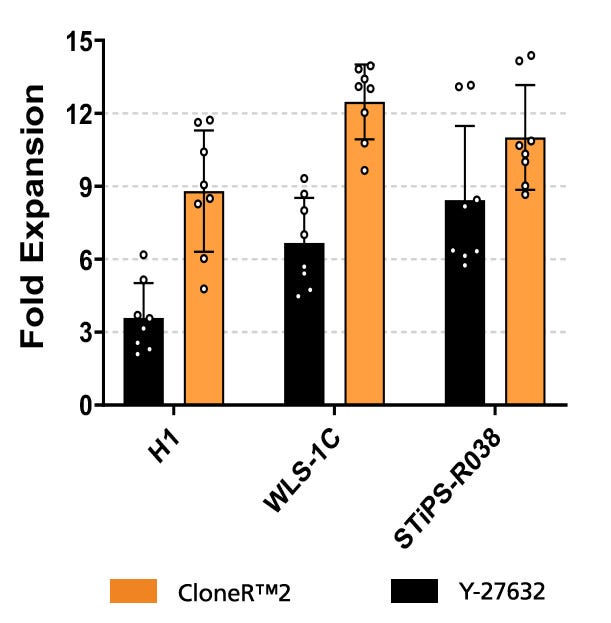
Figure 7. CloneR™2 Improves Post-Thaw Recovery of hPSCs
Thawing cryopreserved cells can result in low expansion or loss of the culture within the first passage. Using CloneR™2 as a seeding supplement within the first 24 hours of thawing cells ameliorates this effect, improving post-thaw recovery of hPSCs. Three cell lines were frozen as single cells, then thawed into mTeSR™ Plus containing Y-27632 or CloneR™2 on Matrigel®. Cultures were maintained in complete mTeSR™ Plus (without cloning supplement) after 24 hours, and analyzed on day 4 or day 5. CloneR™2 improves the fold-expansion across all cell lines tested when compared to Y-27632, with at least 7 replicates (n) per cell line.
请在《产品说明书》中查找相关支持信息和使用说明,或浏览下方更多实验方案。
本产品专为以下研究领域设计,适用于工作流程中的高亮阶段。探索这些工作流程,了解更多我们为各研究领域提供的其他配套产品。
Thank you for your interest in IntestiCult™ Organoid Growth Medium (Human). Please provide us with your contact information and your local representative will contact you with a customized quote. Where appropriate, they can also assist you with a(n):
Estimated delivery time for your area
Product sample or exclusive offer
In-lab demonstration
| 物种 | 人类 |
|---|---|
| 配方 | 无血清 |
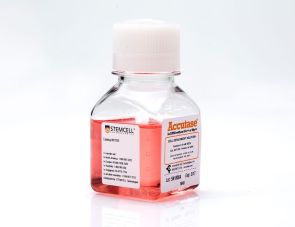
细胞分离溶液
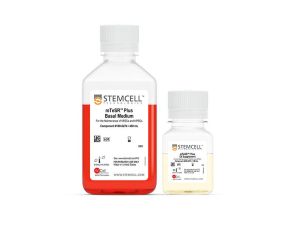
cGMP,稳定无饲养层维持培养基,适用于人ES和iPS 细胞
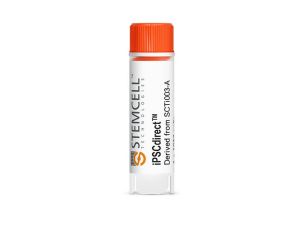
一次性使用、免维持的人诱导多能干细胞,冷冻
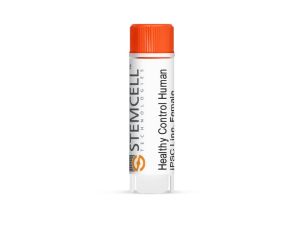
人多能干细胞系,冷冻
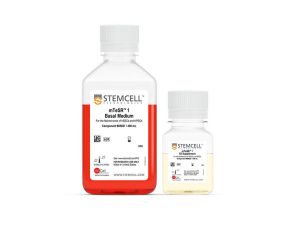
<p>cGMP标准、无饲养层的hESC和iPSC维持培养基</p>
扫描二维码或搜索微信号STEMCELLTech,即可关注我们的微信平台,第一时间接收丰富的技术资源和最新的活动信息。
如您有任何问题,欢迎发消息给STEMCELLTech微信公众平台,或与我们通过电话/邮件联系:400 885 9050 INFO.CN@STEMCELL.COM。
在线联系

